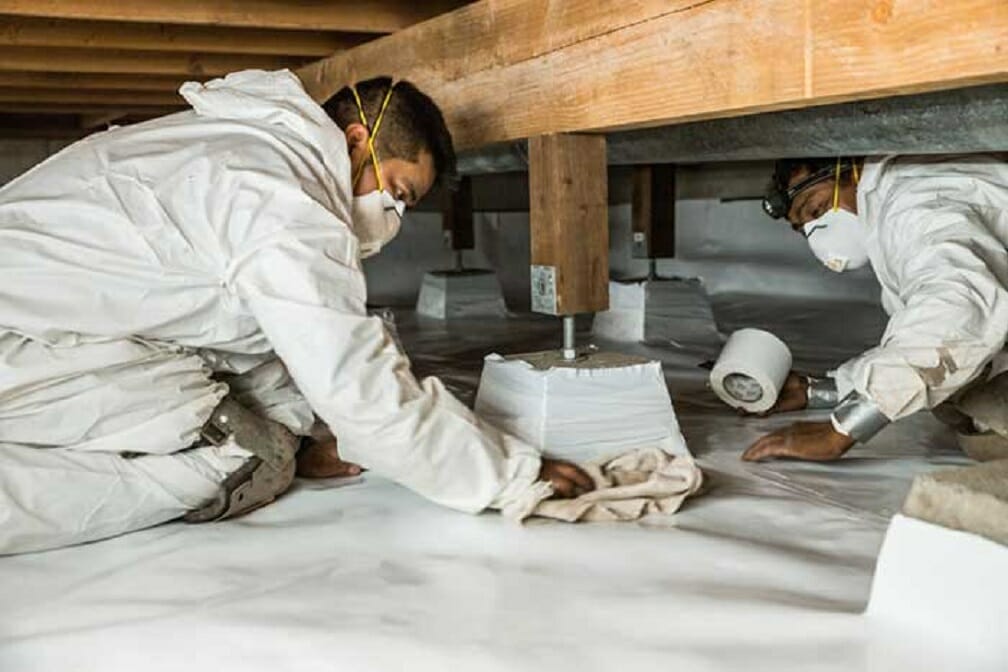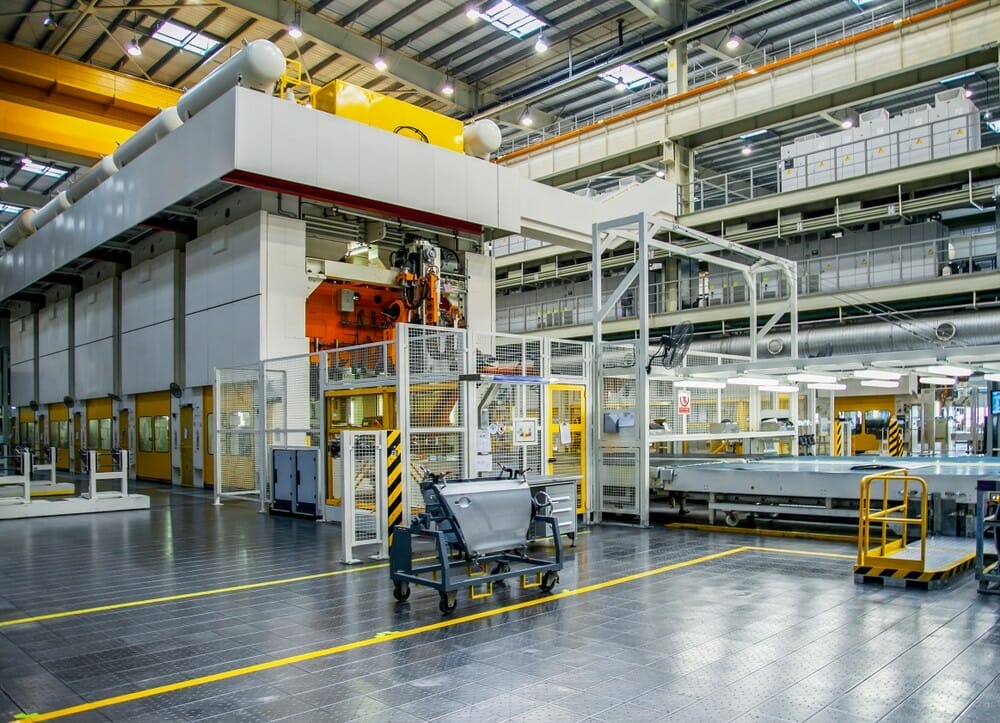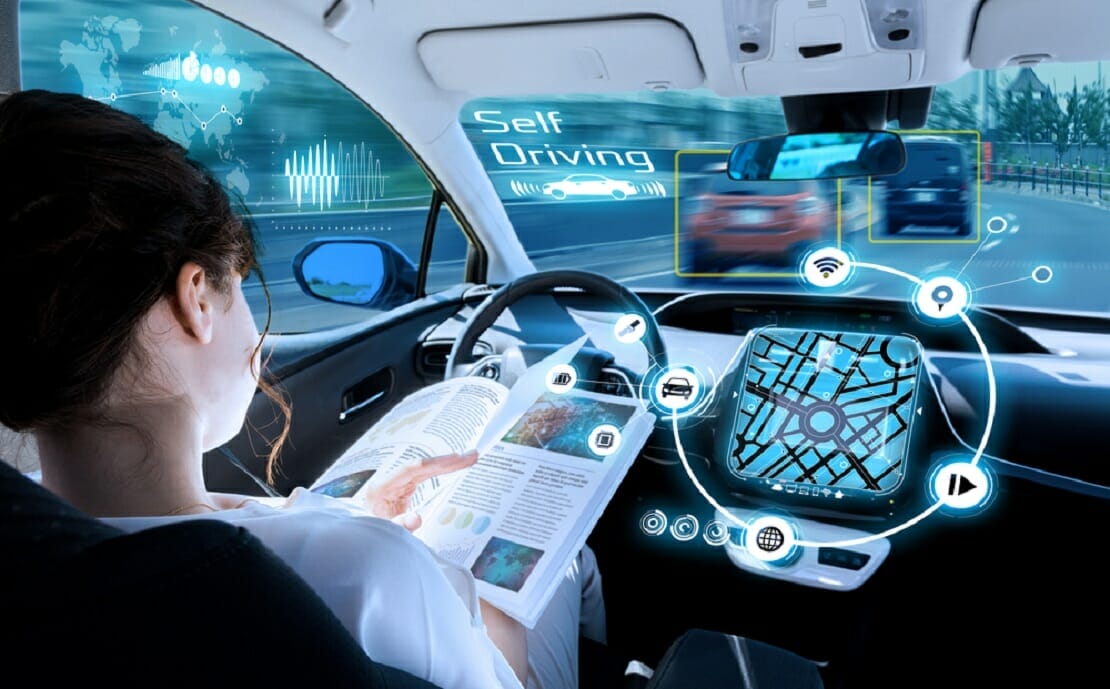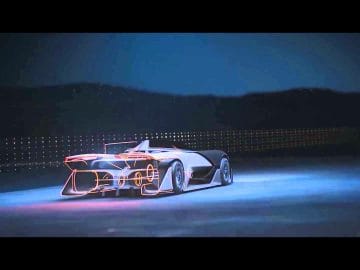Exhaust Gas Coolers
The role of thermal dynamics is critical in the fuel atomization of both diesel and gas engines. That’s why internal engine temperatures must be precisely manipulated. However, too-high temperatures can damage the engine. Engines, running on gas or diesel, would need a mechanism to cool exhaust gas prior to recirculating to reduce combustion temperature, which are called Exhaust Gas Coolers. This is a critical part of an engine’s emission control system.
In this post, you’ll learn more about how exhaust gas coolers work and where they’re used, which can serve as your guide.
What Are Exhaust Gas Coolers?
Exhaust Gas Coolers are also called Exhaust Gas Recirculation Coolers, which are critical components of gasoline and diesel engine systems. High-quality EGC cooler innovations provide customers with superior performance, meeting the emission needs of engine exhausts.
How Does An Exhaust Gas Cooler Work?
EGR coolers are designed to cool the exhaust gas of engines with coolant to reduce its volume and increase its density before the cooled exhaust gas returns to take in the air of the engine. It reduces combustion temperatures, producing oxides of nitrogen. Here are the best features and benefits of exhaust gas coolers:
- High efficiency.
- EGR coolers are vacuum-brazed with stainless steel tube bundles.
- The tube-and-insert designs reflect optimum engine performance and durability.
- Reliable EGR coolers meet the requirements of various markets.
- The best EGR coolers can be optimized for desired performance with varying geometries and fin densities.
- It can be customized using a cast or formed housings during installation.
- EGR coolers reduce detonation and valve clatter.

Exhaust Gas Coolers In Diesel Engines
EGR systems are commercialized as a way to reduce nitrogen oxide for a wide array of diesel engines. EGR coolers are installed in light-duty engines, medium-sized engines, and heavy-duty diesel engines up to two-stroke low-speed marine engines.
When it comes to the main components of EGR cooler systems, they include EGR coolers and EGR valves. The main considerations you need to consider when designing EGR systems include deposit accumulation, engine lubricant, contaminants, system packaging and more. These are the benefits of EGR coolers for diesel engines:
- Reduced Internal Engine Temperature: EGC coolers help reduce the internal engine temperature, which also promotes engine longevity.
- Avoid Valve And Engine Failure: Exhaust valves and other valves of diesel engines are susceptible to stress due to drastic temperature variations. When exhaust valves fail, it could result in engine failure. The connecting rods, pistons, and cylinder walls may be damaged when exhaust valve failure occurs. EGR coolers keep valves cooler and maintain their proper position to avoid engine failure.
Exhaust Gas Coolers In Gas Engines
A properly operating exhaust gas cooler can theoretically increase gasoline engines’ efficiency via several mechanisms, which include the following:
- Reduce Throttle Losses: Adding inert exhaust gas into a gas engine’s intake system means opening the throttle plate further. It increases the pressure in the inlet manifold and reduces throttle losses.
- Reduce Heat Rejection: Through EGR coolers, the peak combustion temperatures are lowered, as well as nitrogen oxide formation. It prevents thermal energy loss of combustion chamber surfaces, which leaves more conversion to mechanical work on expansion stroke. Expansion stroke refers to the operating cycle of an engine wherein the exhaust valves and inlet are closed. The fuel-air mixture is ignited and burned. The piston is forced downward through gas expansion to produce power.
- Reduce Chemical Dissociation: More energy is released with lower peak temperatures with EGR coolers.
Keep in mind that because the EGR system recirculates some exhaust gases, the valve can become clogged over time with carbon deposits. It prevents the EGR system from operating correctly. While clogged EGR valves can be cleaned, you need to replace a faulty valve.
Signs Of A Failing Exhaust Gas Cooler
EGR coolers aren’t available in all vehicles, which play a crucial role in drivability and engine performance. Problems with your vehicle’s EGR cooler can result in increased emissions, which can be a problem in emission testing. That’s why you have to know the signs of a failing exhaust gas cooler, which include the following:
- Engine overheating due to the restricted flow of exhaust gases.
- Exhaust leak because the gaskets fail or become damaged.
- The Check Engine Light is set to alert you of the issue. Computer scanning for trouble codes is highly recommended because these other issues can set the Check Engine Light blinking.
Conclusion
An Exhaust Gas Cooler is an essential part of diesel and gas engines that primarily recirculates some exhaust gases. It reduces the production of nitrogen oxide, which can affect the efficiency of engines. Light to heavy-duty engines need EGR coolers to perform at their best, getting the most out of gas to avoid wastage and improve performance and production.
















